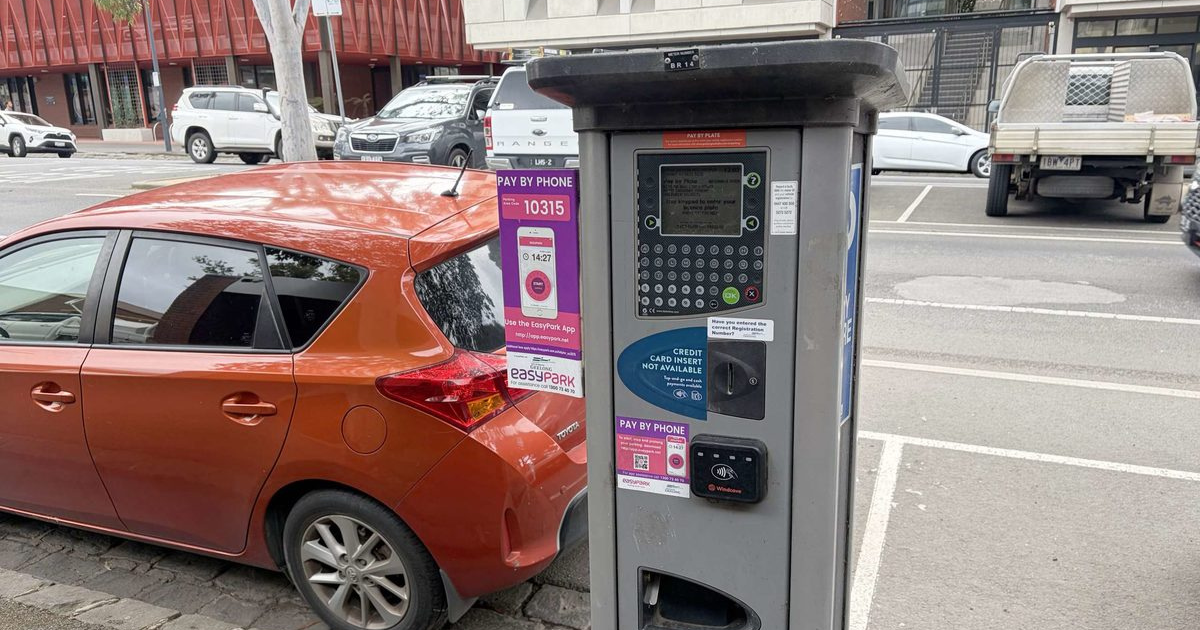Fears terminal would threaten green targets
LOCAL environmentalists have urged the City of Greater Geelong (COGG) to rally against a proposed floating gas terminal for Corio Bay amid claims the project would handbrake the council’s goal of community-wide net-zero emissions by 2035.
COGG has called for a formal stakeholder engagement process for community members in its submission to an ongoing environmental assessment on the plans but stopped short of taking a stance for or against the proposal, to the disappointment of local green groups.
Geelong Renewables Not Gas (GRNG), a Australian Conservation Foundation Geelong campaign, commissioned a report from local government environment consultants Ironbark Sustainability about predicted impacts from Viva Energy’s planned Floating Gas Terminal.
The Ironbark report estimates that Viva would account for 52 per cent of Geelong’s carbon emissions by 2040, up from its current output of 35 per cent.
GRNG spokesperson Anthony Gleeson said COGG deserved praise for its “ambitious” 2035 target but doubted Geelong could reach its lofty aims if large-scale fossil fuel projects such as the terminal went ahead.
“We thought that Geelong council would take a much stronger position on that, because they cannot possibly reach that target if we’ve got a fossil fuel project so close to where people are living,” Mr Gleeson said.
“The atmosphere is super saturated with carbon as it is, and we can ill afford to have something like that in a city that’s saying it’s targeting net-zero emissions by 2035.
“There’s certainly some disappointment with not backing that target up with a statement about the floating gas hub.”
In its submission on Viva’s Environmental Effects Statement (EES) for the project, the city called for community input during a state government inquiry into the impact reports later this year.
“…the city is keen for as many community members as possible to have their say on the proposal,” deputy mayor Trent Sullivan’s letter said.
“We therefore suggest that a proactive grassroots stakeholder engagement process be undertaken by the state with the feedback to become a key pillar for this evaluation process.”
The council raised concerns it received following a review of the EES from its sustainability advisory committee, regarding safety, amenity impacts including for Geelong Waterfront, greenhouse gas emissions and environment impacts.
COGG’s submission acknowledged that its net-zero target required “the rapid phasing out of fossil fuels” but did not indicate how the Viva project would effect its targets.
The scale of the terminal’s carbon impact has been a contentious topic during the EES exhibition.
Viva has claimed a minimum output of 47,906 tonnes of carbon dioxide equivalent (t CO2-e) each year, but its highest projections when including third-party emissions from the terminal’s operations indicate 553,400 t COS-e of emissions – more than 12 times higher.
The EES is open for public comment until April 11.
GNRG is hosting public workshops in the coming days to help residents comprehend the more than 13,000-page document and make a submission.
Viva’s EES will also go under the microscope of a state government-appointed Inquiry and Advisory Committee later this year as part of an approvals process.


















